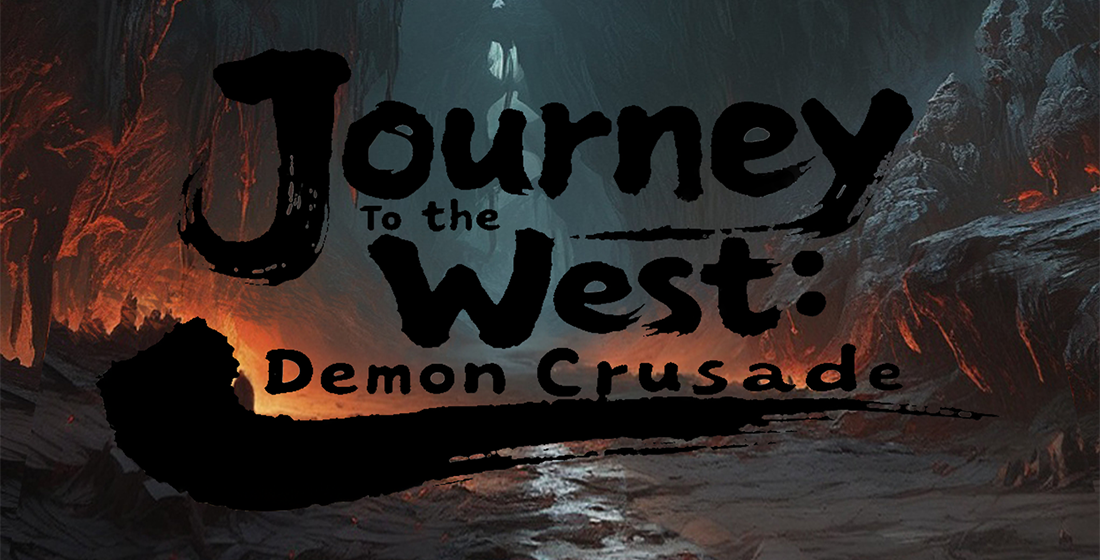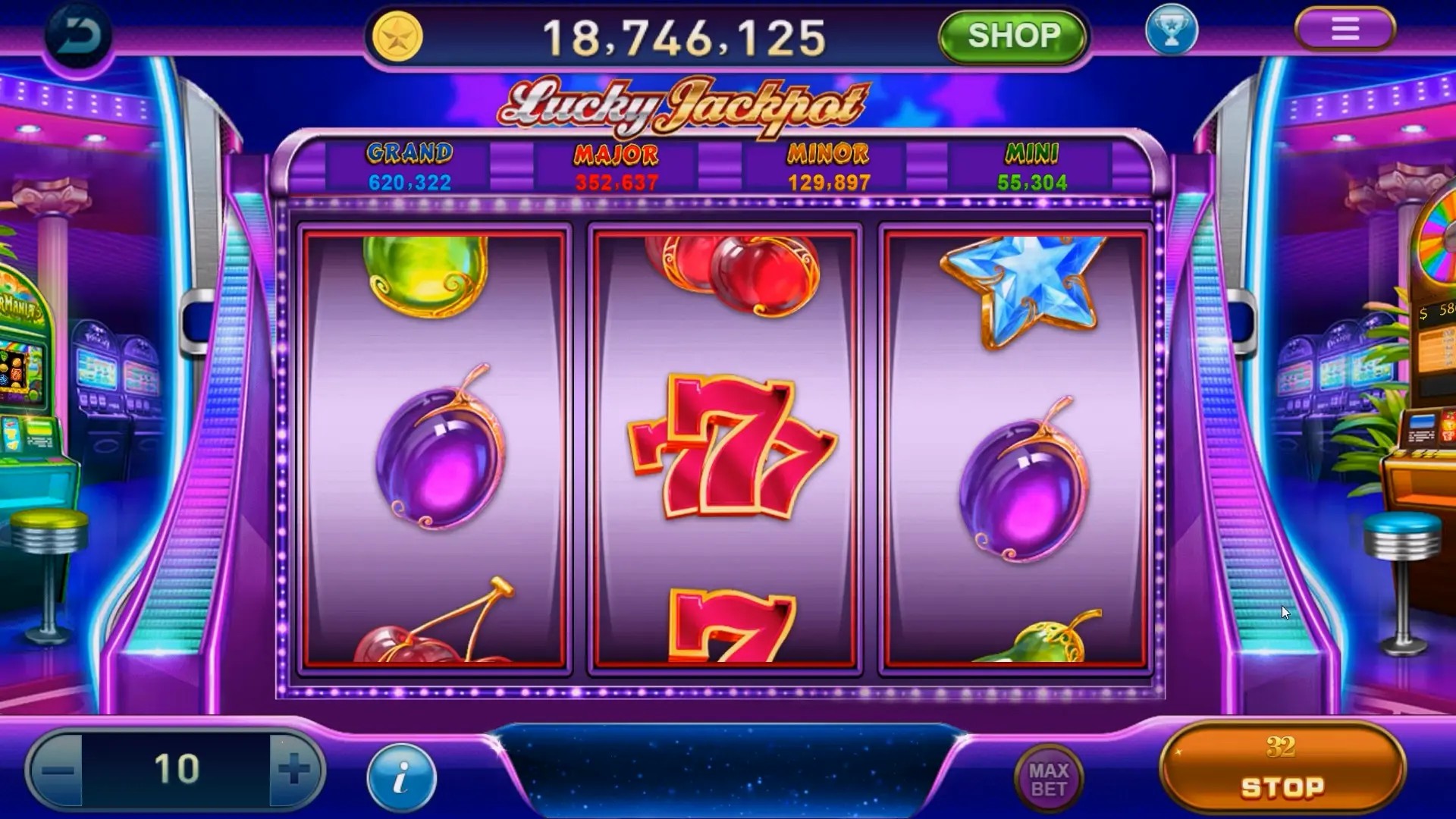Unleashing Creativity: Why Building Games Are the Future of Interactive Entertainment
What Are Building Games?
Building games are more than just pixels on a screen; they represent an entire universe where creativity flourishes. Imagine crafting your own world, with intricate landscapes and detailed structures. These games often feature sandbox mechanics, encouraging players to unleash their imagination without limits. Popular titles like Minecraft and Roblox have paved the way, proving that there’s a huge market for these interactive adventures.
Why Building Games Matter
Building games appeal to our fundamental desire for self-expression. They act as a blank canvas for players, allowing them to construct everything from cozy cottages to sprawling cities. This genre not only entertains but enhances cognitive skills, as players must strategize and think critically about their designs. The possibilities are endless, cultivating a thriving community where ideas can be shared and explored.
Comparing Building Games to Traditional Games
Unlike traditional linear story mode games, building games offer freedom. Players aren't led by the hand; they're invited to take charge. For example, while a story mode game on PS4 may be full of rich narratives, a building game lets you write your own story within that universe. This is appealing because players can derive satisfaction from their creations rather than merely completing tasks. A chart below compares the two, highlighting key differences:
| Aspect | Building Games | Traditional Games |
|---|---|---|
| Type of Gameplay | Exploratory and creative | Linear progression |
| Freedom | High | Low |
| Player Input | Extensive | Minimal |
| Community Interaction | Collaborative | Competitive |
The Rise of Creative Communities
One major trend in building games is the formation of creative communities. Players are no longer just individuals playing in isolation; they’re joining forces to build together. Platforms like Roblox foster collaboration, allowing players to create games within games, share resources, and even monetize their creations. There’s a profound sense of achievement when players turn their dreams into a reality alongside others.
Making a Game: What’s the Process?
Creating a building game involves a multi-faceted approach: from game design to community engagement, each step is crucial. Here’s a quick outline of the common steps:
- Conceptualization – Defining the core idea.
- Prototyping – Building the initial version of the game.
- Feedback – Engaging the community for input.
- Iteration – Refining and enhancing the game based on suggestions.
- Launch – Releasing the game to the public.
Learning Through Play
Building games can also serve an educational purpose. Many educators are incorporating these platforms into their lesson plans, emphasizing creativity, critical thinking, and teamwork. Games like Terraria or Blocksworld provide students with a hands-on approach to learning complex subjects like math and engineering concepts, all while having fun!
Top Building Games to Consider
If you’re thinking of diving into the world of building games, here's a list of must-try titles:
- Minecraft – The gold standard of building games.
- Roblox – A platform where users create games.
- Terraria – Exploring and building in a 2D universe.
- Fortnite Creative – Building battle arenas and chaos.
The Last War Survival Game Tier List
The Last War Survival Game presents various modes that require strategic thinking and efficient use of resources. Here’s a brief tier list:
| Tier | Character Type | Strength |
|---|---|---|
| S | Sniper | High damage from a distance |
| A | Medic | Team support and healing |
| B | Scout | Great mobility |
Game Development and Monetization
Developing a building game can certainly be a profitable venture. Many developers monetize through in-game purchases, subscriptions, or ads. However, to succeed in this market, one must find a balance: provide free content while offering enticing premium options. Truly engaging games encourage players to invest not just their time but their money.
Technological Innovations Shaping Building Games
Technology is revolutionizing the gaming industry. Virtual reality (VR) and augmented reality (AR) are becoming more prevalent, allowing for even more immersive building experiences. Imagine, not just seeing your creations but stepping into them. This future is closer than many think, making every block you place greater than the sum of its parts.
Challenges in Building Game Development
No journey is without hurdles. Building game developers often face a slew of challenges, including:
- Balancing freedom and structure – Too much freedom can overwhelm players.
- Community criticism – Not everyone will appreciate your vision.
- Technological restraints – Ensuring the game runs smoothly on all devices.
The Future of Building Games
As we look ahead, it’s clear that building games will continue to evolve and enrich the interactive entertainment landscape. With a growing audience and endless technological advancements, the potential is limitless. Building games represent a community-driven future where creativity reigns supreme. Who knows? The next great architect of a digital universe could be you!
Conclusion
In summary, building games are not just games; they are a cultural phenomenon, a testament to creativity and collaboration. Whether it's through crafting your perfect home or working with friends to construct a metropolis, these games embody the spirit of play. The numerous experiences available, from survival challenges to sandbox adventures, highlight why they are emerging as the future of interactive entertainment. So grab your controller (or keyboard), and let's build something amazing!



